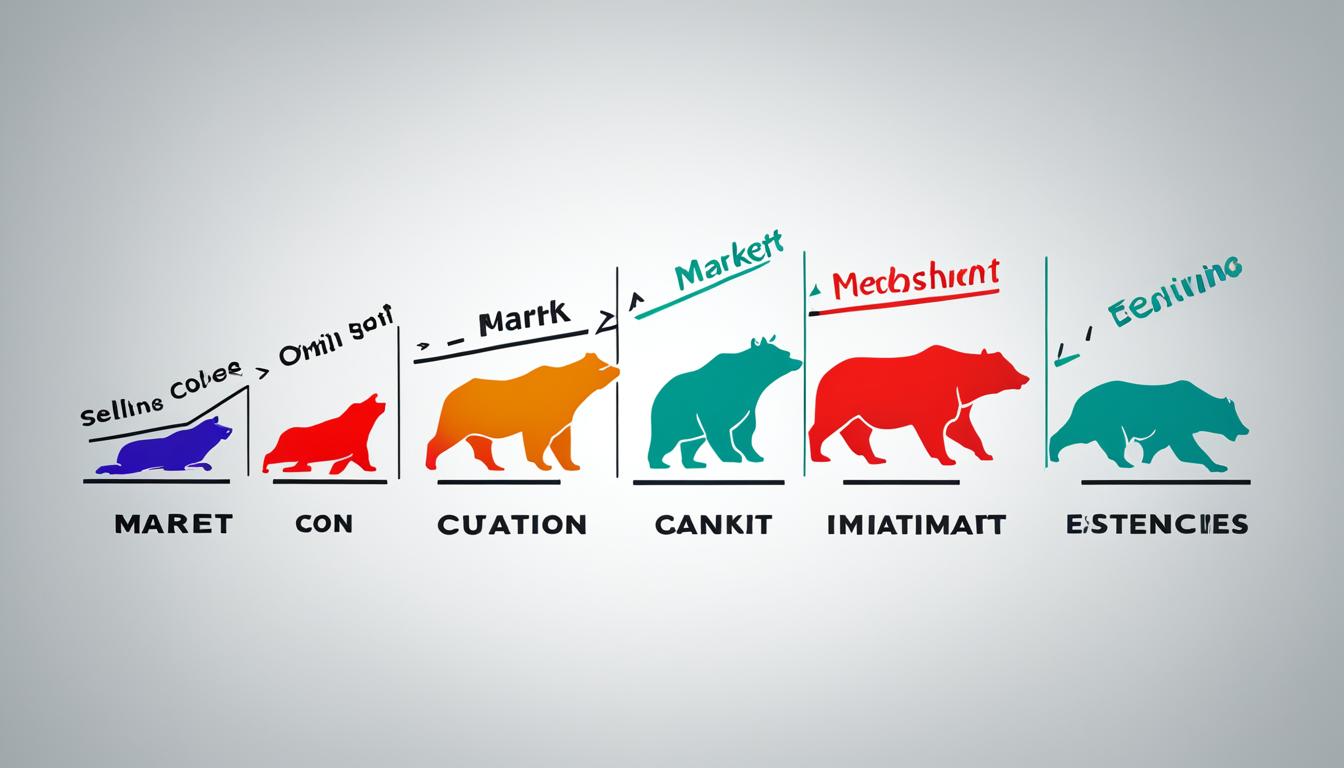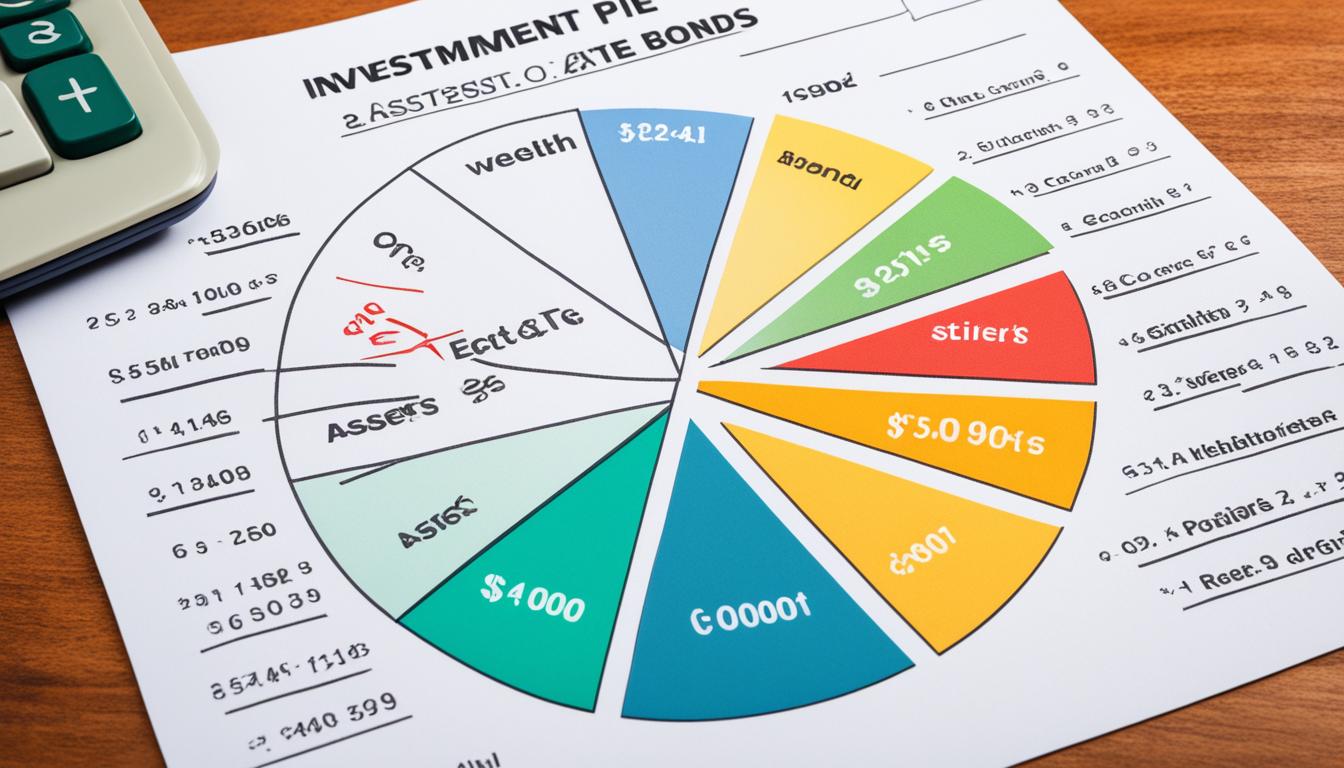
Growth vs Value Investing: Which strategy is better for you?
Did you know that growth stocks have beaten value stocks by 150% over the last decade? This fact shows the big debate between growth and value investing. Knowing the key differences between these strategies is key to picking the right one for your goals and how much risk you can take. Growth and value investing are two different ways to pick stocks. Growth investors look for companies that can grow fast and keep growing. Value investors search for stocks that are cheaper than they should be. So, which one is best for you and your money? What is Growth Investing? Growth investing is a strategy that focuses on companies with fast revenue growth, profit growth, or cash flow growth. These investors aim for capital appreciation, which means the value of…








